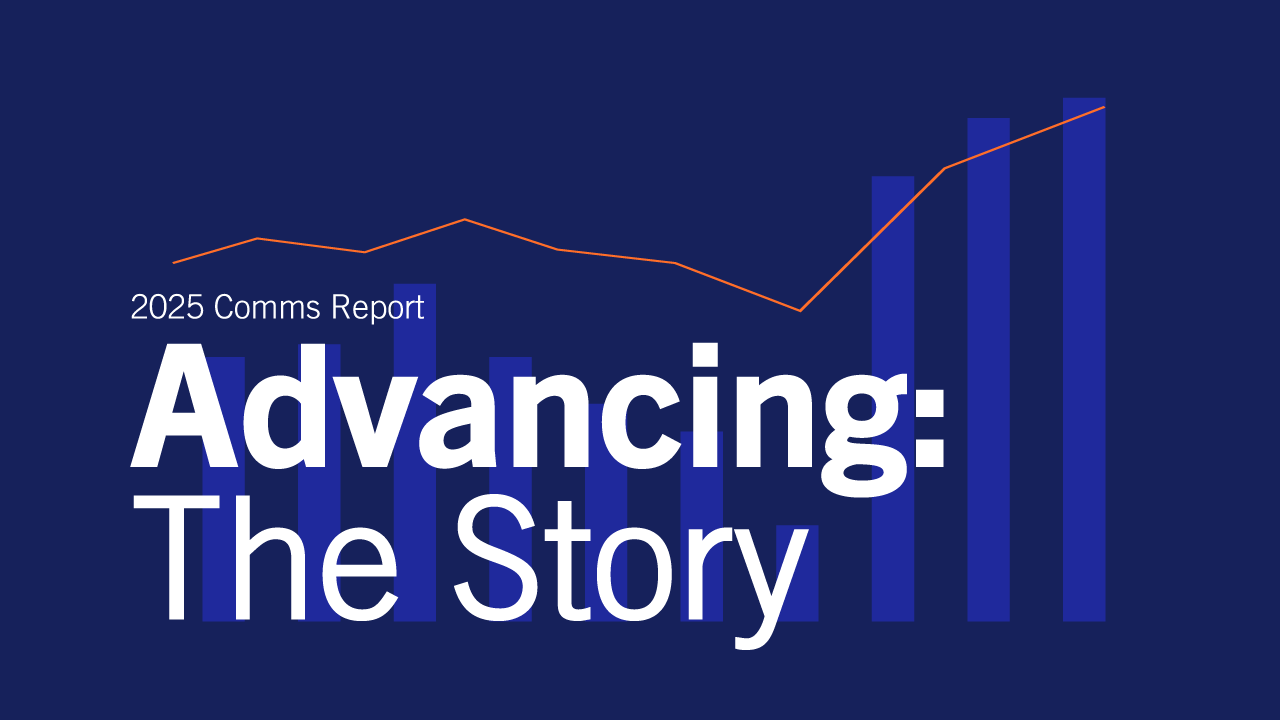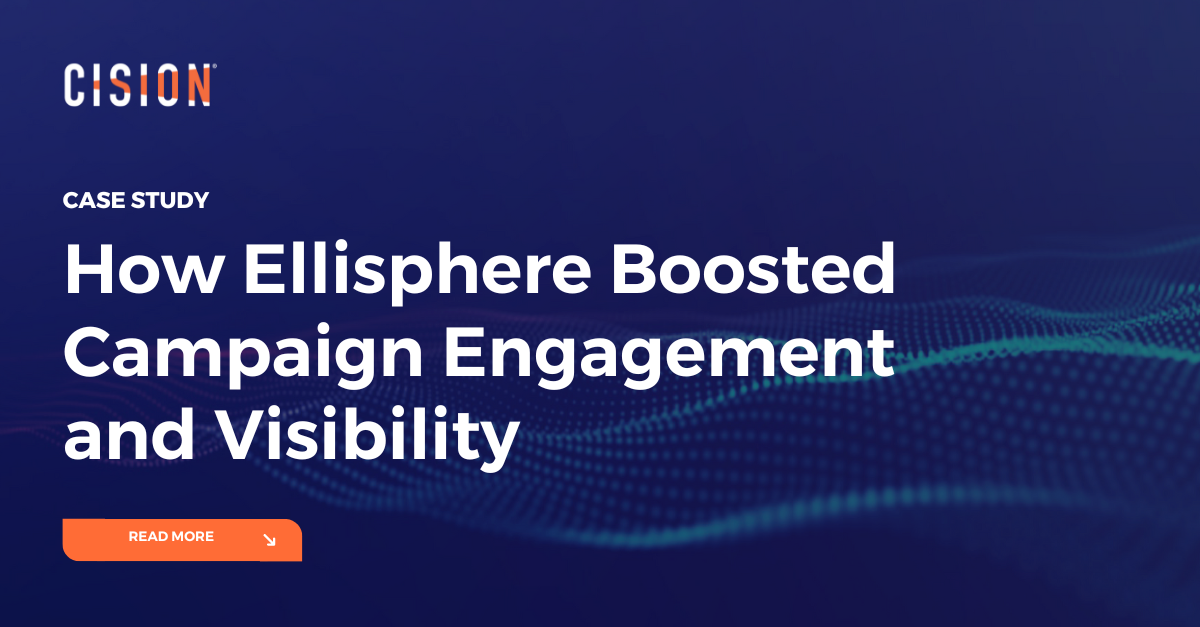The effects of climate change are becoming increasingly hard to ignore. Consequently, there is growing demand for environmentally and socially responsible products. Consumers are now not only interested in a product’s environmental sustainability, but they have taken notice of the factors that go into a product’s creation: from sourcing materials to production methods. Investors are also divesting from companies that do not prioritize Environmental, Social and Governance (ESG).
Companies need to capitalize on this moment by highlighting their commitment to ESG throughout the lifecycle of their products and services, from supply chain to point of sale.
GM Makes an Important Commitment
General Motors recently announced plans to use energy from 100% renewable sources to power its U.S. sites by 2025 (from their previous target date of 2030). GM expects to reduce over one million metric tons of carbon emissions from 2025-2030. The automaker has already committed $35 billion to produce electric and autonomous vehicles, and it plans to introduce more than 30 electric models by 2025.
GM’s commitment to reducing its carbon footprint includes four pillars:
- Increasing energy efficiency
- Sourcing renewable energy
- Addressing power intermittency
- Climate policy advocacy
What Other Companies Can Learn from GM’s Announcement
Transparency matters. GM not only shared its commitment to produce cleaner, energy-efficient vehicles, but the company also outlined how it plans to accomplish this goal. Transparent and clear messaging around ESG influences investors and has an even more profound impact on consumers. Not only are customers curious about a company’s product offering, but they are just as interested in how products are developed and if they meet ESG standards. Carbon-reduction and net-zero emissions standards are new benchmarks for companies, so issuing frequent updates for accomplishing these goals is vital to building trust.
Don’t be overly technical. In the past, companies might only share their ESG initiatives in an earnings release or investor presentation using excessively technical language. Nowadays, however, customers also want to see measurable steps companies are taking to reduce their environmental impact, and they want it communicated to them through easy-to-understand messaging.
There’s another good argument for taking a more conversational tone: Customers (or even investors) might interpret technical jargon as a tactic to mask lackluster ESG commitments. GM’s announcement includes the four pillars as their framework, which are clear, concise and easily digestible to readers. By communicating clearly to customers, investors and other stakeholders, your company can underscore its commitment to ESG.
Move quickly. As noted above, GM updated its outlook for attaining 100% renewable energy usage by 2025 from an earlier forecast of 2030. The revision represents a fortified commitment to environmental sustainability by acknowledging that the sooner the company can act, the greater the impact on mitigating climate change. As an added benefit, advancing your ESG timetables more quickly will help your organization remain competitive. Investors and customers will reward companies that communicate a more ambitious timeline to reach their environmental targets. (Just be sure you’re prepared to follow through on your stated commitments.)
The Takeaway
GM’s approach of detailing its investment in environmental sustainability while revealing the blueprints for building its business appeases both customers and investors. Not only is GM taking the opportunity to update its stakeholders by outlining the financial impact of its ESG initiatives, but it is also building anticipation for its growing fleet of electric vehicles. Additionally, by moving up its environmental benchmark targets, GM is showing its commitment to lessening the impact of climate change and demonstrating its leadership against its competitors by doing so.
Most Recent Posts
Cision Resources
-
E-books and Guides
Comprehensive how-to guides on strategy and tactics
-
Case Studies
What are other brands doing – and how can we learn from them?
Learn More. Do More. demo new
PR Tips, Case Studies, and Product Updates

[On-Demand Webinar] The Next Generation of Media Intelligence: From Gorkana to CisionOne
Explore CisionOne, a revolutionary media intelligence platform, and the evolution of Gorkana. Learn key features and strategies from Luke Williams, CisionOne Product Marketing Manager. Elevate your media outreach to new heights!

